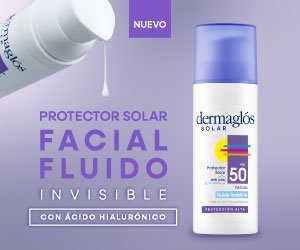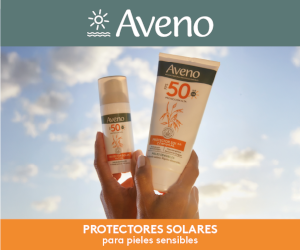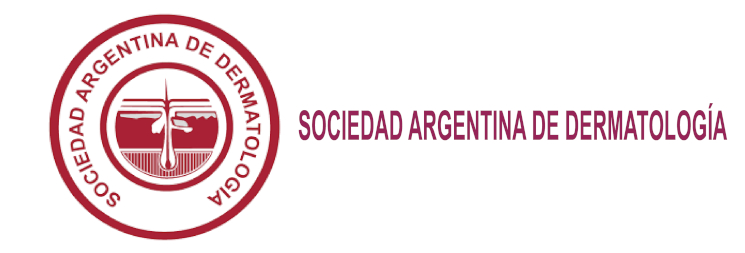Non-dermatophyte mycelial fungi in onychodystrophies. Experience of a private medical center in the City of Buenos Aires
Resumen
ABSTRACTBackground: In a former study we observed a significant number of onchodystrophies in which a non-dermatophyte mycelial fungus was isolated.
Objectives: The aim of the present study is prove the real existence of a non-dermatophyte mycelial fungus as the etiologic agent of observed nail dystrophies, performing at least two mycological examination.
Methods: A total of 317 nail scrapings presented hyaline hyphae with septae upon direct microscopic examination, and the growth on cultures of a non-dermatophyte mycelial fungus. On these patients we obtained a second nail sample.
Results: In 116 cases (36.6%) it was possible to obtain a second specimen. 60 were women and 56 men, all of them were adults, between 25 and 81 years of age (mean age 49,5 ys.); locations were: fingernails 13, and toenails 103. In 75 cases (64.7%) both nail samples showed the same result, with the following genus and species: Fusarium spp. 44; Acremonium spp 22; Scopulariopsis brevicaulis 5; Paecilomyces lilacinus 2; Geotrichum candidum 1 y Aspergi- llus ochraceus 1. In three of these cases, 2 with Acremonium spp. and 1 with Scopulariosis brevicaulis, Trichophyton rubrum was also isolated, so they could be considered mixed infections. In 41 cases (35.3%) the second clinical sample did not show the same result, in 23 cultures were negative, 10 presented the growth of a dermatophyte and 8 cases showed the development of another fungus.
Conclusions: It was possible to fulfill minimum criteria to diagnose non-dermatophyte mycelial fungi onychomycosis in 75 patients. The incidence was similar on both sexes. All patients were adults, toenails and especially hallux were the locations most frequently affected. No specific clinical characteristic was detected and a clear predominance of Fusarium spp. (58,6 %) was observed
(Dermatol Argent;14(2):118-123).
Key words: superficial mycoses, onychomycosis, non-dermatophyte mycelial fungi.
Descargas
Publicado
Número
Sección
Licencia
El/los autor/es tranfieren todos los derechos de autor del manuscrito arriba mencionado a Dermatología Argentina en el caso de que el trabajo sea publicado. El/los autor/es declaran que el artículo es original, que no infringe ningún derecho de propiedad intelectual u otros derechos de terceros, que no se encuentra bajo consideración de otra revista y que no ha sido previamente publicado.
Le solicitamos haga click aquí para imprimir, firmar y enviar por correo postal la transferencia de los derechos de autor












